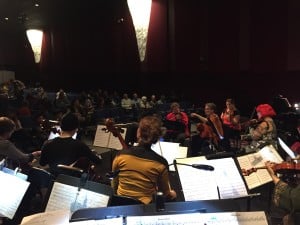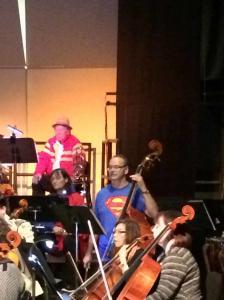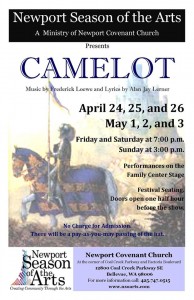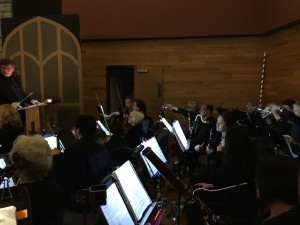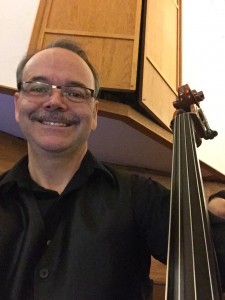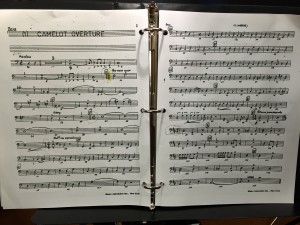Orchestral Release of Mary’s Gift
Hey guys. It’s Chris.
It’s been a while since I posted. I’ve been kind of busy running my full time, non-music, day-job business. I was also busy this past year doing something new: Composing and arranging a piece for full orchestra: The orchestral release of Mary’s Gift Symphony
The project kicked off over a year ago.
I Decided to write a piece for full orchestra inspired by my song Mary’s Gift, which is a song about the miracle of the first Christmas.
I sketched out the structure and wrote the initial harmonic arrangement on the plane while flying to Europe and back and fleshed it out over several months afterwards.
Mary’s Gift begins with a timpani roll and cymbal crash symbolic of the arrival and appearance of the Archangel Gabriel to Mary. But after this angelic entrance heralded by the timpani, the violins come in pianississimo and crescendo followed by a solo flute as Gabriel speaks gently to the virgin Mary.
Then the entire violin section plays and begins telling the story of the Holy Family and the Nativity. As the music continues the telling of the story rotates among each section of the orchestra.
Live Performance
To my delight and honor, Mary’s Gift was played live this past December by the Evergreen Community Orchestra!
Since then, I have been able to publish the conductor’s score and instrument parts with Sheet Music Plus. So….If you are interested in having an orchestra that you are involved with play Mary’s Gift, you may purchase the complete package over there at Sheet Music Plus. There is an MP3 plus a video of the music playing as it scrolls through the score.
Next, I will play for you a synthesized version of Mary’s Gift for orchestra. You can also catch this on Spotify, Apple Music and other digital music distributors.
Links to all of these places are in the show notes below.
Thanks for listening and I’ll talk to you next time!
Show Note Links:
Sheet Music Plus: https://www.sheetmusicplus.com/title/mary-s-gift-for-symphony-orchestra-full-score-and-parts-digital-sheet-music/21670018
Spotify: https://open.spotify.com/album/4sRa17dh7Zzq522rUUECmd?si=YWaiEhBITHGzL-vQEczO7g
Apple Music: https://music.apple.com/us/album/marys-gift-symphony-single/1497937578


